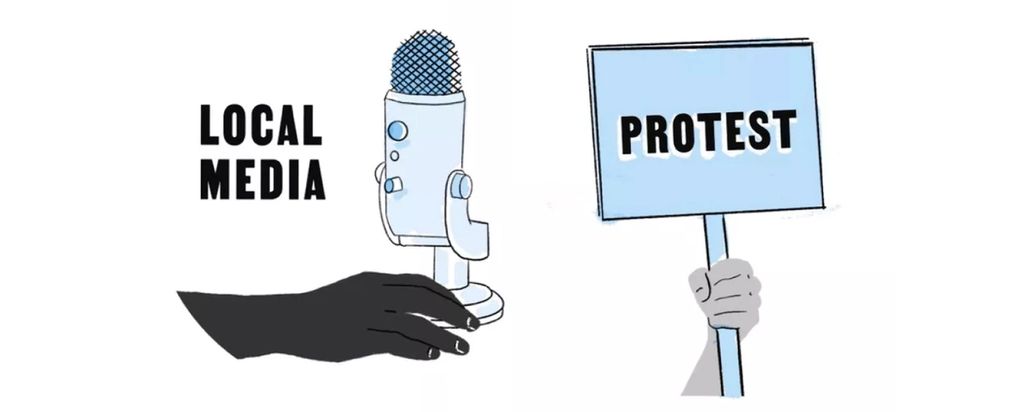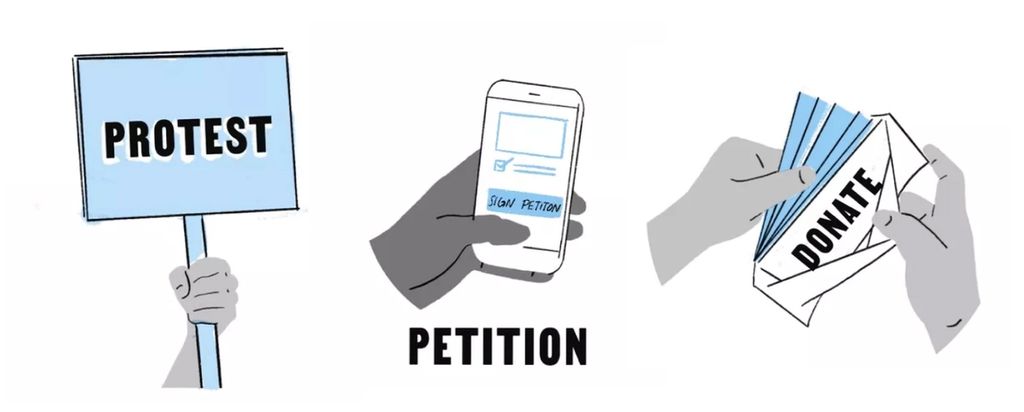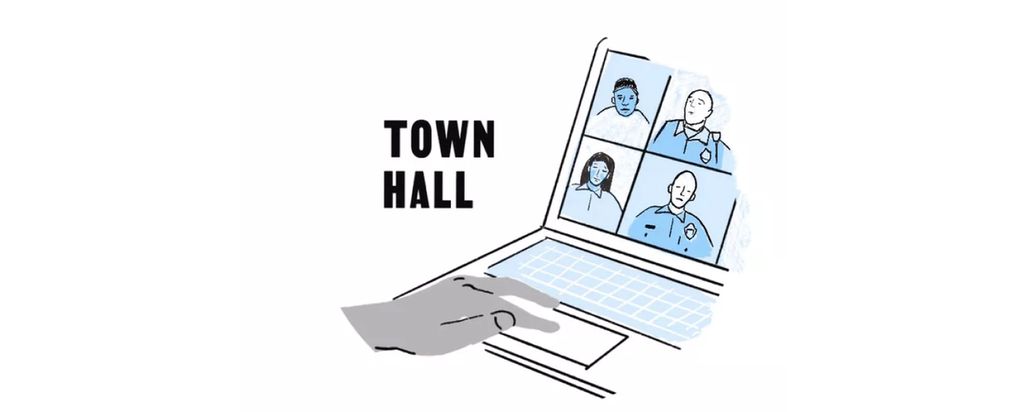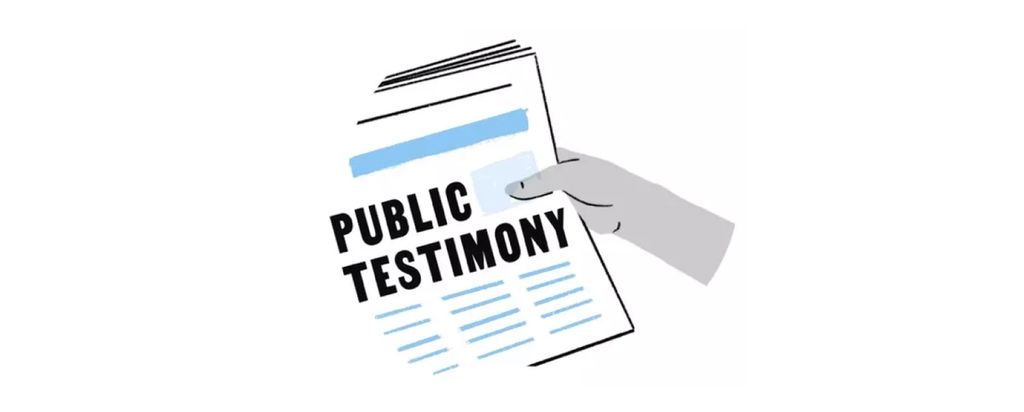George Floyd
In this section, you'll go through a timeline that demonstrates how the 8 tools for change were used together to bring about the first stage of accountability in the George Floyd case.

HOW THE 8 ENGAGEMENT TOOLS CREATE CHANGE
There isn't one magic strategy for addressing police brutality.
That's because America's policing and justice systems are incredibly complex by intention. However, we can divest them of their power. As a civilian, your civic engagement tools equip you with the ability to undo the harm they are creating.
We have to use different approaches that align with each situation. What will work may depend on what you’re advocating for. It might be a town hall, a petition, a protest, or all three at once. Every milestone (for example the arrest of a police officer) helps decide the next strategy.
When in doubt, follow activists, local organizers, and organizations on social media who will give community guidance on the best strategy at any given moment. And don’t be discouraged by losses along the way—American history consistently shows us that every painful obstacle (like Bloody Sunday) can become a historic turning point for change (the Voting Rights Act of 1965).
Let's take a look at how collectively leveraging these 8 tools have helped in the George Floyd case.
GEORGE FLOYD CIVIC ENGAGEMENT TIMELINE
May 25
- George Floyd was killed in police custody by Derek Chauvin.
May 26

- A video of George Floyd’s murder went viral on social media.
- Protests demanding justice for Floyd in Minneapolis began.
- The Minneapolis Police Department fired the officers involved. (Win)
May 27

- Protests expanded into other parts of the US and eventually the globe.
- A Change.org petition demanded the arrest and termination of the officers involved by 15-year-old Kellen S. 5 million people signed in 48 hours. The petition currently has over 19.6 million signatures.
- A GoFundMe was created by Floyd’s sister for donations.
- Mass donations surged to the Minnesota Freedom Fund. By the end of the month, they had raised $20 million.
May 28

- A Minneapolis town hall hosted by police officials and community leaders took place to address the issue.
May 29
- Derek Chauvin was arrested and charged with 3rd-degree murder and 2nd-degree manslaughter in response to public pressure. (Win)
June 3

- Former President Obama attended a town hall with police reform activists & public figures.
- The remaining three officers were charged with aiding and abetting. (Win)
- Chauvin’s charge was upgraded to 2nd-degree murder. (Win)
June 5
- An emergency city council meeting was held to discuss changes to the police department, including written public testimony from constituents on the issue.
June 8

- Minneapolis City Council members pledged to dismantle the police (Win)
- They followed up with a proposal to support this that received several thousand public testimonies for and against.
August 5
- The Minneapolis Charter Commission voted down the dismantle proposal and asked for further research. This prevented the vote from ending up on the ballot. (Loss)
August 14
- Minneapolis Mayor Jacob Frey proposed a 7.4% budget cut to the Minneapolis Police Department. (Slight win)
- The next major milestone for change from organizers would be all four officers convicted.
THE POWER OF THE PEOPLE
The impact of the civic engagement tools applied in Minnesota had a domino effect across the country. The police violence that took the lives of George Floyd and Breonna Taylor has ignited a new generation of activists and sparked the latest wave of the Civil Rights movement.
These tools work when we come together as a collective and take a stand.
